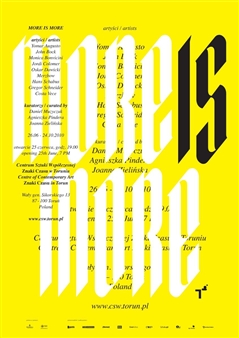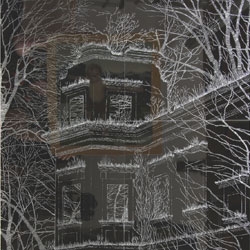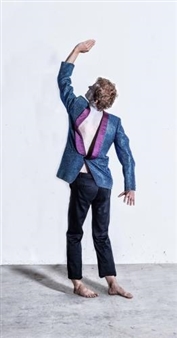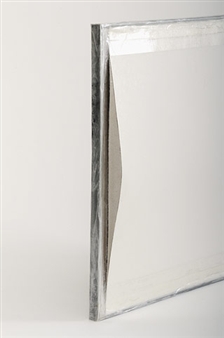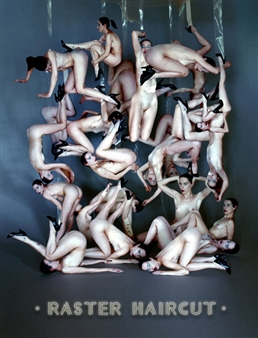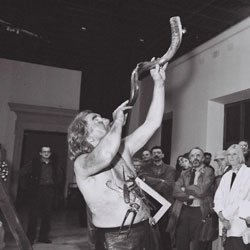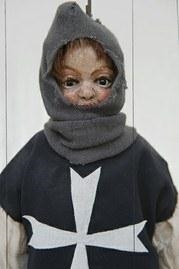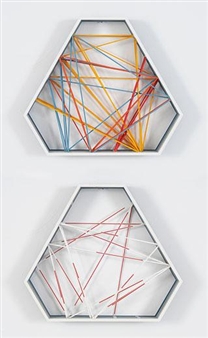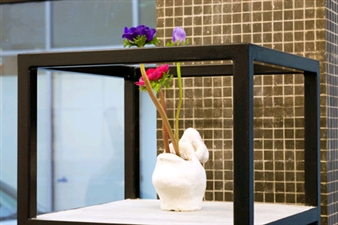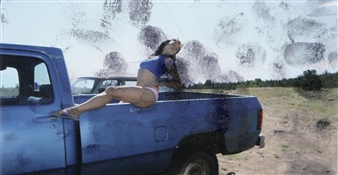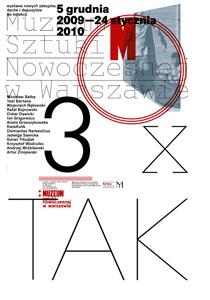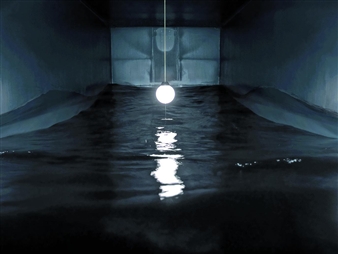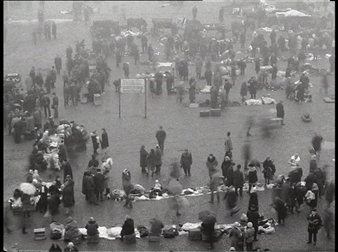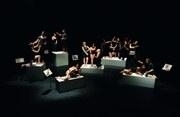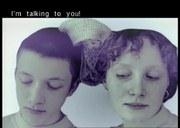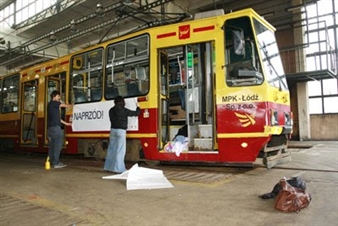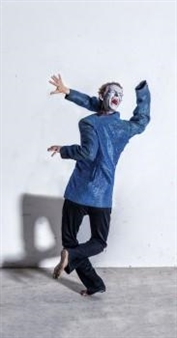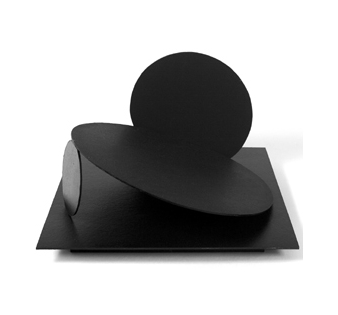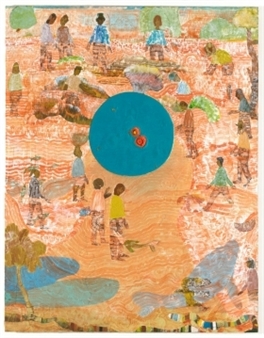THE WILD WEST. A HISTORY OF WROCŁAW’S AVANT-GARDE
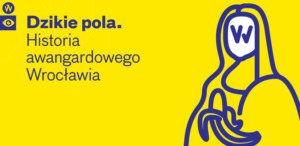
Zachęta National Gallery of Art, Mazowieckie, Warsaw, 06/19/2015 - 09/09/2015
pl. Małachowskiego 3, Warsaw
Wrocław – a city in the Recovered Territories, which before the Second World War had nearly one million inhabitants, for decades could not be rebuilt after being destroyed in the Siege of Breslau. Out in these fascinating wild fields situated at the edge of a communist country where various cultures met, in a spirit of freedom and independence, artists have created their own original microcosm with bold experiments and international cooperation with partners from both sides of the Iron Curtain at its heart.
The exhibition presents works of art, films, documentary photographs, objets d’art, and recordings – nearly 500 works of visual arts, architecture, urbanism, theatre, film, design, and everyday life of Wrocław since the 1960s until the present.
The exhibition narration starts in the mid-sixties and it is connected with two great art visionaries moving to Wrocław: Jerzy Grotowski, the founder of the Laboratory Theatre, and Jerzy Ludwiński, the author of models of cultural institutions like Museum of Current Art and the founder of Mona Lisa Gallery. Wrocław is a city where Polish conceptualism and concrete poetry under Stanisław Dróżdż’s leadership started. Here artists like Jerzy Rosołowicz, Zdzisław Jurkiewicz, Jan Chwałczyk, Wanda Gołkowska, Natalia LL and Andrzej Lachowicz, Romuald and Anna Kutera worked. In Wrocław, next to the Laboratory Theatre, Helmut Kajzar and Kazimierz Braun, who worked with Tadeusz Różewicz, experimented with dramatic form. In the 1970s, the Museum of Architecture held exhibitions of utopia projects Terra where works of young artists like Arata Isozaki, Renzo Piano, Richard Rogers, Tadao Ando, Rem Koolhaas – now world famous architects were shown. Among the graduates of the Higher School of Fine Arts in the city of Wrocław one can find so-called generation of Wrocław School of Posters with Jan Sawka, Jerzy Czerniawski, Jan Jaromir Aleksiun, and Eugeniusz Get-Stankiewicz. It is the Feature Film Studio in Wrocław where Andrzej Wajda made Ashes and Diamonds, Wojciech Jerzy Has – The Saragossa Manuscript, Agnieszka Holland – Screen Tests, and Jerzy Żuławski started working with On the Silver Globe. International meetings during Jazz nad Odrą Festival, the Festival of Open Theatre organised by Kalambur Theatre, or workshops run by the Laboratory are but few events that contribute to the image of open Wrocław. In the 1980s, the tradition of street happenings took on a new character through the actions of the Orange Alternative, the musical performances by Kormorany, as well as the artistic ‘situations’ created by LUXUS.
The exhibition “The Wild West. A history of Wrocław’s Avant-Garde” is not a story of the art of Wrocław. It is a story about this special city seen through the art created there. It is a story about a city with towers of gothic churches, buildings designed by Max Berg, Hans Poelzig, Erich Mendelsohn, or Hans Scharoun, where the newly arriving Poles have brought new values and most of all, new life.
For More Information
